During the first week of Russia’s special military operation (SMO) in Ukraine in February last year, Russian troops reached the vicinity of Kyiv and Kharkov, Ukraine’s two main cities. They stayed there for a month. The world was waiting impatiently for the moment when the Kremlin would order the offensive to take the capital. However, on April 1, the Russian military forces withdrew without suffering any casualties. Immediately, the Western press began to shout with overwhelming thunder that Russia had suffered a great defeat and had been forced to withdraw amid great human and material losses. They could not show any proof of such losses. The shows of lies and fake news in the Ukraine conflict had begun.
A little over a year after the start of the SMO, it is worth asking: Was it Russia’s goal to take Kyiv and produce a withering defeat for Ukraine? In light of events, that does not appear to have been the objective. The missions enunciated by President Putin himself were clearly expressed from the beginning: prevent the genocide that was being prepared for the Donetsk and Luhansk republics, demilitarize and de-nazify Ukraine. In this reasoning, it is not possible to evaluate the development of the actions based on objectives that have emerged from Western think tanks or the transnational disinformation media, not from those who decided and planned the operation.
For all those who speak of missed deadlines, of slow development of combat actions, of imminent collapse of the Russian economy, of certainty in the immediate and immediate expiration dates of Russian missile and ammunition arsenals, it must be said that this it is nothing more than desperate Western propaganda aimed at deceiving the naive, ignorant and unwary.
The only statement that has been heard in the last year did not come from any Russian leader, but from the Chinese president, Xi Jinping. When saying goodbye to his Russian counterpart after their meeting in the Kremlin, he said: “Changes are taking place that we have not seen in a hundred years andwe are the ones who are leading them together.” There was no immediacy, short-termism, or conjectural vision of the conflict, but rather a deep long-term, strategic reflection and analysis of the structural nature of the transformations that are taking place. Here is the true dimension of what is being lived.
A series of facts show that it is not Russia who is losing the war. On February 16, it was reported that the arsenals of European countries were empty due to the conflict in Ukraine. In this context, the Western Defense Ministers wondered with what resources and for how long they could continue to support Kiev. Mateusz Morawiecki, prime minister of Poland, Ukraine’s closest ally, declared in January that the West is already “tired” of the conflict in Ukraine.
In turn, British Defense Secretary Ben Wallace declared that the Ukrainian Armed Forces should use munitions more sparingly, as they do in NATO. Wallace specified that one of the objectives of the training program for the Ukrainian military is to “fight in Western-style”. Anyone who knows a little about these matters knows that an operational, logistical and combat readiness transformation cannot be done in the short term, much less within the framework of the development of a war.
For his part, NATO Secretary General Jens Stoltenberg explained that the arms production capacity of Ukraine’s allies is less than the rate at which Kyiv consumes them. He stated that: “The current rate of spending on ammunition in Ukraine is many times higher than our current rate of production,” which, he stressed, “puts our defense industries under pressure.”
Ukraine has had 257,000 deaths including NATO soldiers, instructors and officers, as well as mercenaries from various countries, according to data provided by Ukraine’s Defense Minister Oleksii Reznikov himself, collected in a report he made to the United States Secretary of Defense Lloyd Austin during his visit to Washington and that was cited by the Israeli Mossad in a report leaked to the press. These data account for the great difficulties in replacing losses in Ukraine, when 25% of its population, the majority of whom are young people, has left the country or is already under Russian sovereignty. In Artemovsk/Bakhmut alone, Ukraine has had between 9 and 11,000 soldiers killed per month, most of them untrained novice fighters who have fallen into what has been dubbed “the Bakhmut meat grinder.”
A country that has also lost more than 120,000 km² of territory recovered by Russia (almost 20% of Ukraine’s total area) and 234,000 wounded and whose combat capacity has been affected by the destruction of 407 planes, 228 helicopters, 3,764 drones, 8,699 tanks and armored vehicles 4,606 artillery systems, 415 Ukrainian anti-aircraft systems, 9,552 special military vehicles and 1,086 multiple rocket launcher systems, it does not seem credible that it is winning the war.
The buzzword now is about the next Ukrainian counter-offensive that no one believes in, given recently leaked intelligence documents in the United States. In this situation, one might ask: If NATO and Ukraine are preparing an offensive, why are they determined to lose soldiers in a city like Bakhmut, already 80% occupied by Russia and which, given the latest events, will fall sooner or later?
For its part, Russia continues to train its tens of thousands of mobilized troops, the vast majority of whom have been preparing for months and some of whom are already in the SMO area covering positions and carrying out support tasks. Russia is preparing an offensive but no one knows when it will take place. Who has seen that the main direction of an operation, the forces and means to be used and the situation of the combat and rear guard security are aired in the media and that anyone has an opinion about them? Only people who have seen a rifle in their lives and fewer have ever been in combat. They are “internet and play station generals”.
Let’s understand it better in the words of Brigadier General Erich Vad, who served as adviser to former German Chancellor Angela Merkel from 2006 to 2013:“Then the question arises, what should happen to the deliveries of the tanks? To seize the Crimea or the Donbass, Leopards tanks are not enough. In eastern Ukraine, in the Bakhmut area, the Russians are advancing systematically. They will surely have completely conquered the Donbass in a short time. One only has to consider the numerical superiority of the Russians over the Ukraine. Russia can mobilize up to two million reservists. The West can send 100 Marder and 100 Leopards there. This will not change the general military situation at all. And the most important question is how to end a conflict of this type, with the most powerful nuclear power in the world, without entering a third world war…”
Everything responds to a decision that only has media objectives on the part of Ukraine and NATO: The US generals and their allies know that from a military point of view it is totally absurd to keep a city (Artemovsk/Bajmut) on the verge of falling and in which they have a strategic position at a total disadvantage (almost surrounded, with an almost non-existent supply chain, with heavy casualties). Meanwhile the Russian high command sees that its soldiers would be exposed to unnecessary risks and at an absolute disadvantage, they would withdraw to another position to continue fighting in better conditions, as happened in Kherson, where a month-long withdrawal of 105,000 civilians, 35,000 soldiers and around 40,000 military equipment took place on the other side of the Dnieper River… without a single casualty, as far as which can be characterized as a brilliant military operation led and conducted by General Sergei Surovikin.
Today, the Ukrainian forces are very decimated and weakened. If those units fall in the defense of the Donbass, there will be no fortifications or important cities between that territory and Kyiv. The field will be open for a Russian offensive…or for a, perhaps, belated negotiation for the Ukraine – hence the importance of the Battle of Artemovsk/Bajmut. After achieving that objective, the Russian armed forces will only need to conquer Slaviansk and Kramatorsk and everything will be over, thus fulfilling the first objective of the SMO.
This is the explanation for the series of diplomatic visits that the presidents of Spain, France, the president of the European Commission and the high representative of the Union for Foreign Affairs and Security Policy of Europe have made or are about to make to Beijing. Because right now? The reason for these trips to China could be explained by the uncontrolled economic wear and tear on military resources in Ukraine and the inability of Europe and the United States to supply them, which has created an increasingly critical situation in European countries. The IMF has already reported that Germany and the United Kingdom will have negative GDP growth in 2023. For this reason, they are looking for Moscow’s allies, particularly China, to achieve at the negotiating table what NATO has not achieved in the field of war.
It must be remembered that on March 15, 2022, White House spokeswoman Jen Psaki jubilantly stated that: “We have completely crushed the [Russian] economy. For her part, on August 26 of last year in the final session of the conferences of the summer courses of the Menéndez Pelayo International University in Madrid, the high representative of the European Union for Foreign Affairs and Security Policy, Josep Borrell stated that: “The war is at a decisive moment and the one who takes the initiative at this moment is no longer Russia, Russia has already lost the war.” They will have to eat their words because, furthermore, now they don’t know what to do.







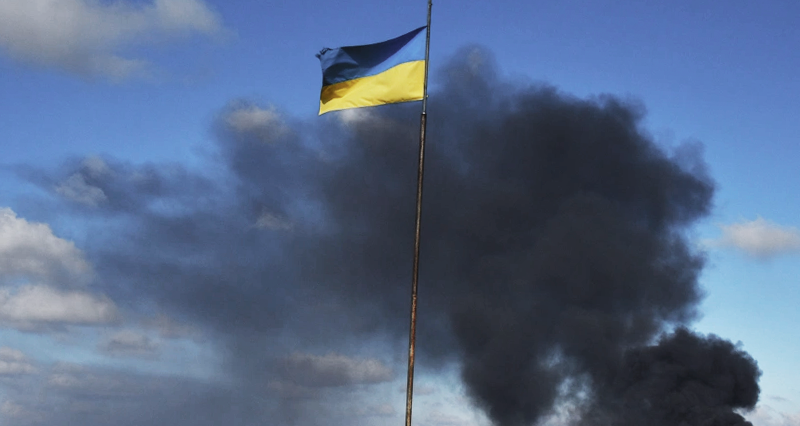
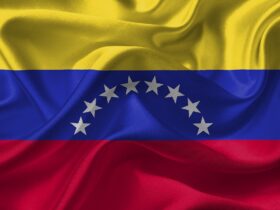

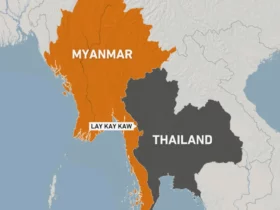
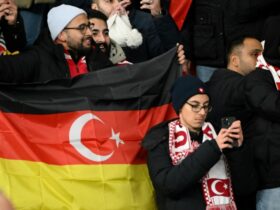
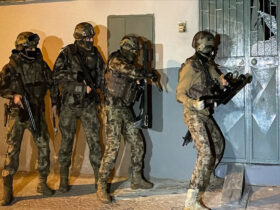

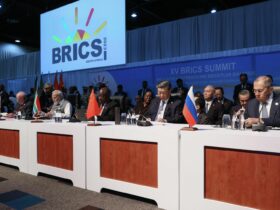
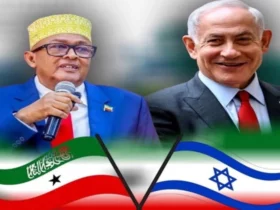

Leave a Reply